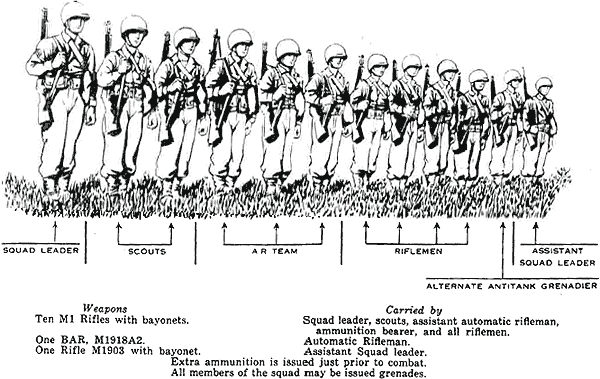Good eval. I agree with most everything that is said, but worthy (usually=costly) optics are not trashed by the SCAR-H. I can speak to that personally.
I'm also hearing it (M855A1) shortens barrel life by over half ,the accuracy sucks, it's over pressured, and is very expensive.
5.56 NATO is over-pressured enough as it is to meet a 500yd steel helmet perforation requirement by the CONARC board in the late 1950's. The original chambering of .222 Remington had no problem perforating a steel helmet at 200, 300, and 400yds. Goal posts were moved because someone wasn't happy, and the 500yd fail point was reached, although it did penetrate the first layer of the helmet. This is why .222 Special was born, then re-named .223 Remington, and type-classified as 5.56 NATO.
The funny thing is if they had kept the .222 Remington case and just blown the shoulder forward without increasing the case length any, we could have had a case that would support much longer ogive projectiles, and there would be no need to single-load bullets like the 75gr A-MAX, 80gr Berger, 90gr VLD. Imagine a 90gr high BC pill in the SAW and DM carbines that beats most .308 target pills, and an armor-piercing construction would be a lot better than .30 bore because of sectional density.


Comment